METS - 1976 O-Pee-Chee/OPC - NEAR Complete TEAM SET (26/28)
With Mets Team card,Dave Kingman,Jerry Koosman,Rusty Staub,Bud Harrelson... MISSING: Seaver & Torre.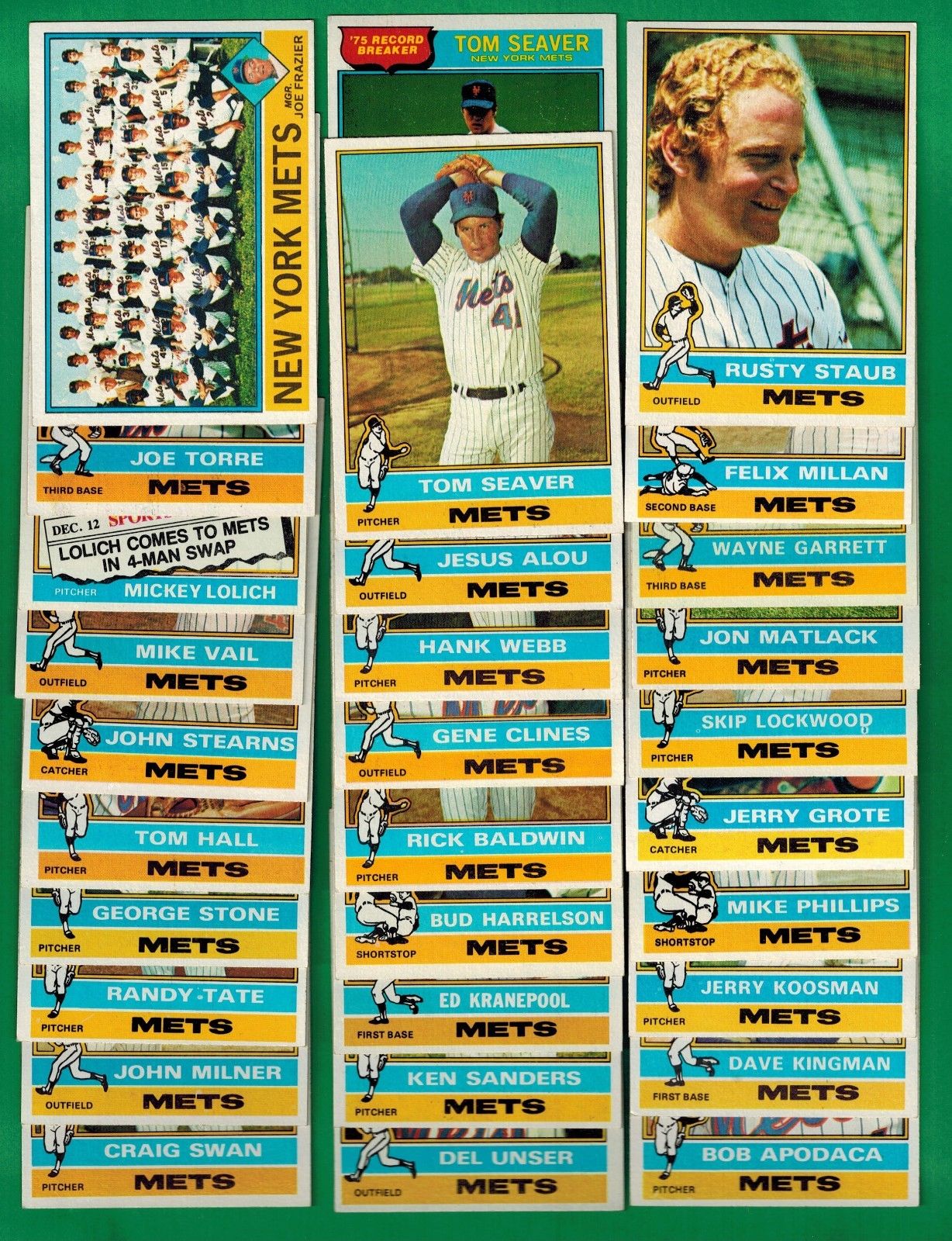

Please wander around the website for more info, prices, values & images
on vintage baseball, football, basketball, hockey, sport and non-sports cards.
Reggie Jackson Baseball Cards
|

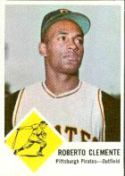
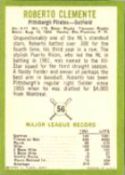
1963 Fleer Baseball Cards
|

Starting approximately in 1886, sportscards, mostly baseball cards, were often included with tobacco products, for promotional purposes and also because the card reinforced the packaging and protected cigarettes from damage. These sports cards are referred to as tobacco cards in the baseball card hobby. Over the next few years many different companies produced baseball cards. Tobacco cards soon started to disappear as the American Tobacco Company tried to develop a monopoly by buying out other companies.
They were reintroduced in the 1900s, as American Tobacco came under pressure from antitrust action and Turkish competition. The most famous and most expensive, baseball card is the rare T206 Honus Wagner. The card exists in very limited quantities compared to others of its type because Wagner forced the card to be removed from printing. It is widely (and incorrectly) believed that Wagner did so because he refused to promote tobacco, but the true explanation lies in a dispute over compensation.
Soon other companies also began producing baseball and football cards. Sports magazines such as The Sporting News were early entries to the market. Candy manufacturers soon joined the fray and reflected a shift toward a younger target audience for cards. Caramel companies were particularly active and baseball cards were one of the first prizes to be included in Cracker Jacks. World War I soon suppressed baseball card production.
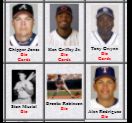
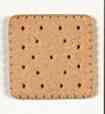 The 1963 Fleer baseball card set planned to be larger but Topps
lawsuit cut it short leaving just 66 cards plus a checklist.
The 1963 Fleer baseball card set planned to be larger but Topps
lawsuit cut it short leaving just 66 cards plus a checklist.  But what 66 cards !!! 1963 Fleer cards are attractive & packed:
also Roberto Clemente, Sandy Koufax ... plus 2 very scare Short Prints.
But what 66 cards !!! 1963 Fleer cards are attractive & packed:
also Roberto Clemente, Sandy Koufax ... plus 2 very scare Short Prints. 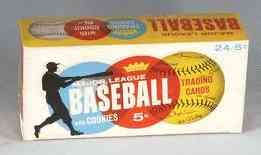 Maury Wills' Rookie card is an interesting story.
In the majors since 1959, quickly became a superstar.
So why 1963 for his rookie ??? Well, back in 1959 Topps deemed
Wills NOT WORTHY enough to be on their baseball cards.
Maury Wills' Rookie card is an interesting story.
In the majors since 1959, quickly became a superstar.
So why 1963 for his rookie ??? Well, back in 1959 Topps deemed
Wills NOT WORTHY enough to be on their baseball cards. 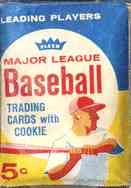 Wills was upset at the slight from Topps. After his 1962 MVP, Topps came
a knocking but he said "NO !". No Topps cards !
Finally, in 1967 came a very scarce hi# Topps card, his first Topps and
also most costly card. Adding interest, he had a 1961 Post Cereal card,
years BEFORE
Wills was upset at the slight from Topps. After his 1962 MVP, Topps came
a knocking but he said "NO !". No Topps cards !
Finally, in 1967 came a very scarce hi# Topps card, his first Topps and
also most costly card. Adding interest, he had a 1961 Post Cereal card,
years BEFORE
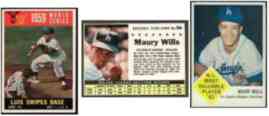 his 'official' rookie. He also photo-bombed a 1960 Topps World Series card,
trying to tag Luis Aparicio at 2nd.
his 'official' rookie. He also photo-bombed a 1960 Topps World Series card,
trying to tag Luis Aparicio at 2nd. 